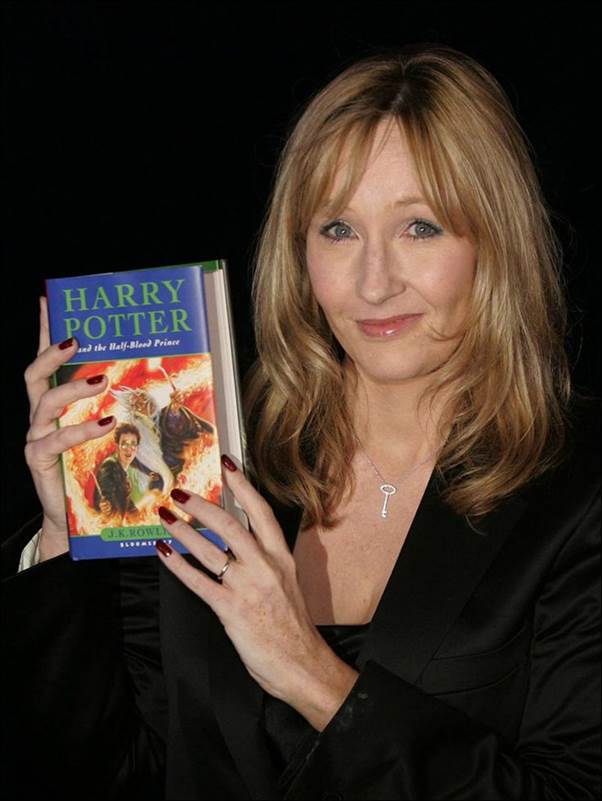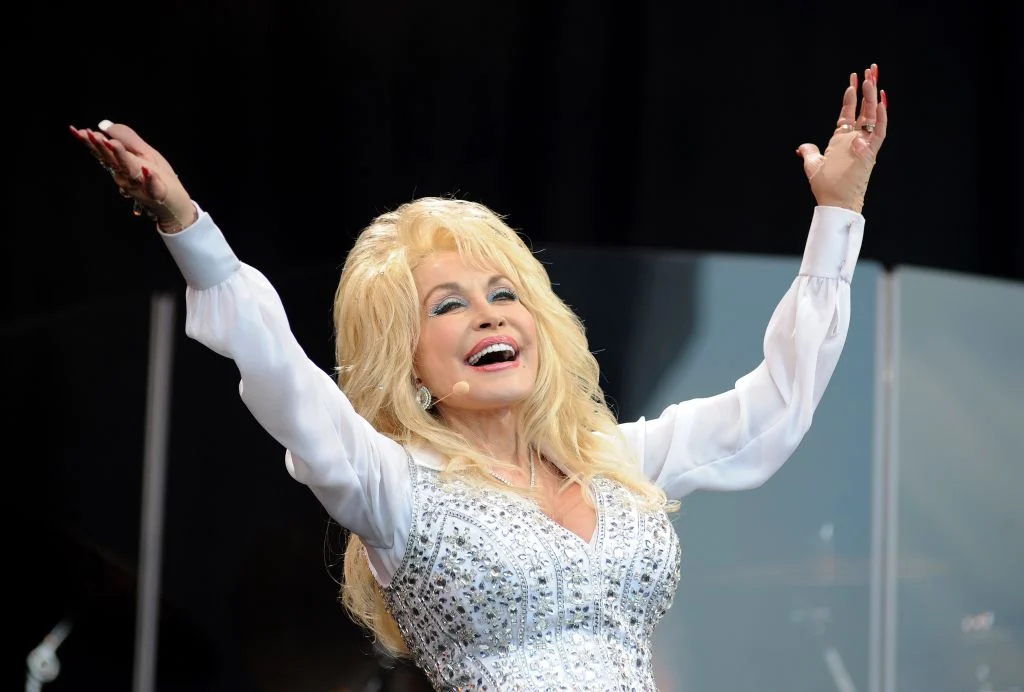It’s the quintessential dream of every aspiring musician: toiling away in a bedroom or a dusty garage, a moment of pure inspiration strikes, and a three-minute melody with the perfect lyric is born. The dream continues with that song catching fire, climbing the charts, and being sung by millions around the world. But the most potent part of that dream is the idea that this one, single creation could provide a lifetime of financial security—a golden ticket that ensures you, and even your children, will be rich for life.
It sounds like a fairytale, but in the world of music, this dream is a tangible and verifiable reality. The key, however, lies in one crucial, often misunderstood, detail: you have to be the songwriter.
While the charismatic frontman or the pop diva who performs the song reaps the rewards of fame and fortune, it is the person who wrote the words and the melody who owns the underlying asset. A hit song is one of the most powerful forms of intellectual property ever created. It is a piece of real estate in the global consciousness, an oil well of creativity that never runs dry. Through a magical and complex system of royalties and licensing, that one flash of inspiration can indeed generate multi-generational wealth, paying dividends long after the applause has faded.
The Golden Pen – Why the Songwriter is King
To understand how a song creates lasting wealth, one must first differentiate between the performer and the songwriter. While they can be the same person (like Sting or Mariah Carey), they represent two distinct roles with two very different income structures.
- The Performer (and the record label) owns the copyright to a specific recording of a song, known as the “master.” They earn money from the sale of that specific version of the track.
- The Songwriter (and their publisher) owns the copyright to the underlying composition—the lyrics and the melody. They earn money every single time that composition is used, in any form, anywhere in the world.
Think of it like a famous novel. The actor who reads the audiobook gets paid for their performance, and the publisher of that audiobook gets paid for its sales. But J.K. Rowling, the author, gets paid for that audiobook, the printed book, the movie, the theme park, the merchandise, and any other use of her original creation. In music, the songwriter is the author, and their potential for earnings is exponentially greater and more enduring than that of the performer alone. This ownership is the key that unlocks the three magical streams of income that can turn a hit song into a lifelong pension plan.

The Three Magical Streams of Income
When a songwriter creates a massive hit, they don’t just get one big check. They open up a portfolio of diverse and recurring revenue streams that can flow for decades.
1. Performance Royalties: The Sound of the Airwaves and Public Spaces This is perhaps the most consistent and long-lasting source of income. A performance royalty is generated every time a song is performed “publicly.” This doesn’t just mean a live concert. The definition of a public performance includes:
- Radio Play: Every spin on an AM/FM or satellite radio station.
- Television: Every time the song is used in a TV show, a commercial, or as background music.
- Streaming Services: Plays on Spotify, Apple Music, Pandora, etc.
- Public Venues: Plays in restaurants, bars, supermarkets, gyms, and elevators.
- Live Concerts: When any artist (including the original performer) plays the song live.
Organizations like ASCAP (American Society of Composers, Authors, and Publishers) and BMI (Broadcast Music, Inc.) exist to track these billions of daily performances. They collect the fees from the radio stations, TV networks, and businesses, and then pay the songwriters and publishers their share.
A classic example is the theme song for the TV show “Cheers.” The iconic song, “Where Everybody Knows Your Name,” was co-written by Gary Portnoy. The show has been in constant syndication around the world for nearly 40 years. Every single time an episode airs, anywhere on the planet, Portnoy gets a small payment. Those tiny payments, accumulated over decades from hundreds of countries, have reportedly earned him millions of dollars from that one, beloved song.
2. Mechanical Royalties: The Sound of a Sale A mechanical royalty is generated every time a song is reproduced and distributed. Originally, this referred to the mechanical process of creating a physical record (a vinyl, cassette, or CD). Today, it applies to:
- Physical Sales: A royalty is paid for every CD or vinyl record sold.
- Digital Downloads: A royalty is paid for every purchase on platforms like iTunes.
- Streaming: This is the most complex area. Streaming services pay a small fraction of a cent per stream to the songwriter. While the per-stream rate is low, for a song with billions of streams, this adds up to a significant amount.
This stream ensures that for as long as people are buying or streaming the music, the songwriter is getting paid.

3. Synchronization Licenses: The Hollywood Payday This is often where the biggest, life-changing checks come from. A synchronization (or “sync”) license is required whenever a song is used in a visual medium, “synchronized” to the picture. This includes:
- Movies: A key placement in a blockbuster film can command a massive fee.
- TV Shows: Being used in a popular series, especially in a pivotal scene, is highly lucrative.
- Commercials: A major brand using a hit song in a global advertising campaign can pay the songwriter a fee ranging from the high six-figures to well over a million dollars for a single campaign.
- Video Games: Inclusion in a best-selling video game like Grand Theft Auto or FIFA also requires a substantial sync license.
For a song with a timeless, energetic feel, like The Knack’s “My Sharona,” sync licensing has been an endless source of income. The song’s infectious riff has made it a go-to for filmmakers and advertisers for over 40 years, keeping the royalties flowing for its writers long after the band’s moment in the spotlight had passed.
Case Studies in Musical Wealth
The Holiday Annuity: “All I Want for Christmas Is You” Co-written by Mariah Carey and Walter Afanasieff, this 1994 track is the undisputed queen of Christmas songs. It is a financial annuity, a seasonal oil well that gushes money every single year. Every November, the song re-enters the charts, dominates the radio, and is streamed billions of times globally. Due to its status as a modern classic, it is a perennial favorite for holiday movies and advertisements. According to various estimates, the song generates an astonishing $2.5 to $3 million in royalties each year, which is then split between the two songwriters and their publishers.
The Rock and Roll Pension Plan: “Every Breath You Take” Released in 1983 by The Police, this song is often cited as one of the highest-earning songs in music history. The crucial financial detail is that Sting is the sole credited songwriter. Despite the iconic contributions of his bandmates, the copyright for the composition belongs to him alone. This means he receives 100% of the massive songwriting royalties. The song was the biggest hit of 1983, has been a radio staple for 40 years, and was famously sampled by Puff Daddy for the tribute song “I’ll Be Missing You,” which itself was a gigantic global hit (Sting receives a huge percentage of the royalties from that song as well). Estimates suggest that this one song still provides Sting with a seven-figure income annually.
Cashing Out – The Modern Gold Rush of Catalog Sales
The ultimate proof of a hit song’s value as a long-term asset is the recent trend of major artists selling their entire songwriting catalogs for gigantic lump-sum payments. Investment firms like Hipgnosis Songs Fund and major publishers now view these catalogs as stable, predictable, and highly valuable assets, similar to a portfolio of blue-chip stocks or real estate.
In recent years, we have seen a gold rush of these deals:
- Bob Dylan sold his entire songwriting catalog for a reported $400+ million.
- Bruce Springsteen sold both his songwriting and master recording rights for an estimated $500 million.
- Justin Bieber, a modern artist, recently sold his catalog for a reported $200 million.
This is the ultimate cash-out. It allows a songwriter to receive the estimated future lifetime earnings of their songs in one massive, nine-figure payment. This trend is the clearest possible evidence that a portfolio of hit songs is one of the most valuable and reliable financial assets in the world.
Conclusion: An Inheritance of Melody
The dream is real. A single, timeless, three-minute song is a work of art that can provide financial security for generations. The magic lies in the ownership of the composition itself, a piece of intellectual property that, thanks to the global systems of royalties and licensing, continues to generate income long after it was created.
For the songwriter who catches that lightning in a bottle—who crafts that perfect melody and lyric that becomes embedded in the cultural fabric—they have not just written a hit. They have built an empire. It is an inheritance made of melody, a legacy that can be passed down to their children, ensuring that one moment of pure inspiration truly can make a family rich for life.

